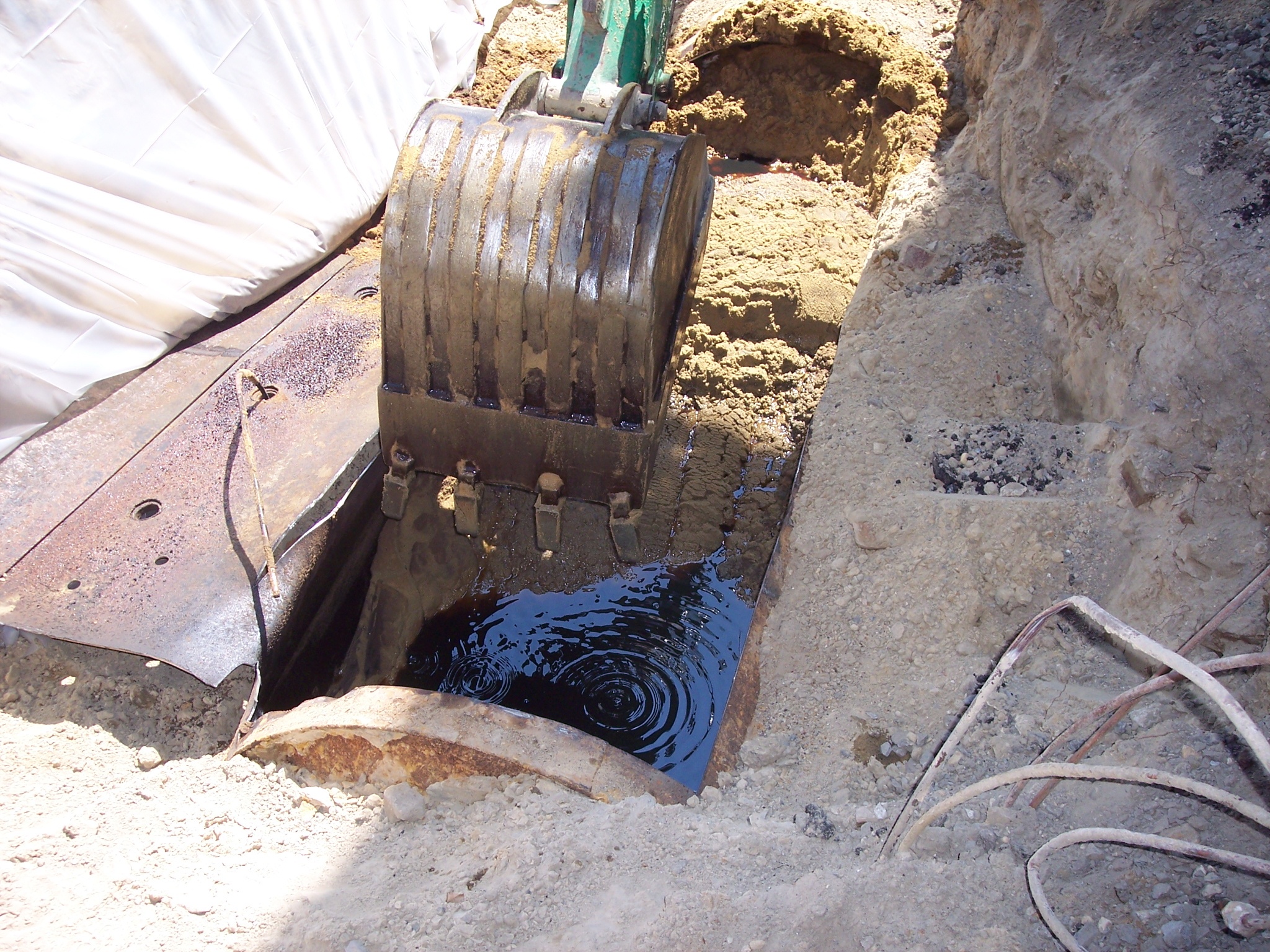
In the days of yore, commercial oil tanks used steel Underground Storage Tanks or UST’s to store petroleum products. Underground oil tanks were an effective means to heat as well as transfer the energy. However, they come with a downside – Underground storage tanks have a limited lifespan. Such containers are susceptible to corrosion and rust. Once the tank shell corrodes or welded seams break, the oil or petroleum material may seep into the environment, leading to an environmental hazard.
Heating oil tanks that are buried deep into the ground poses a variety of threats to the safety of humans, resources, the environment. If these tanks leak due to any reason, the oil can contaminate the soil and groundwater. Moreover, cleaning the soil or preventing further contamination of water raises economic liabilities.
Given all the environmental concerns associated with leaking underground oil tanks, both Virginia State and Federal environmental regulatory bodies are encouraging the removal and replacement of single-wall steel underground oil tanks.
In this article, we have covered some significant reasons why commercial oil tank removal is essential.
- The upkeep cost of oil tanks is high: Oil tanks, whether it’s underground or above ground, are costly to maintain. When conducting an API tank inspection for underground tanks, the team has to dig the concrete or the soil. Digging and extraction of the containers can be costly. Thus, it’s essential to conduct regular tank inspections to make sure it’s not leaking or not located inconveniently. If it’s not ideally placed, the leak can damage the yard or your building. Given the high cost of upkeep and maintenance, many businesses find it convenient to get the oil tank removed.
- Energy Efficiency: Oil tanks are less expensive than the gas furnace. However, in the long run, oil gas tanks require a high upkeep cost. The fluctuating global oil market makes oil tanks more costly.
Compared to oil tanks, gas furnaces are an energy-efficient alternative. While gas furnaces have an energy efficiency rate of 89{f481c2a007115df2ac96b31d955693c0c997bcea577c5ff01372deb4ddfb1d88}-98{f481c2a007115df2ac96b31d955693c0c997bcea577c5ff01372deb4ddfb1d88}, oil tanks are 80{f481c2a007115df2ac96b31d955693c0c997bcea577c5ff01372deb4ddfb1d88}-90{f481c2a007115df2ac96b31d955693c0c997bcea577c5ff01372deb4ddfb1d88} energy efficient.
- Harmful to the environment: As per API inspection companies, most residential and commercial oil tanks are underground. Old and rusted tanks have higher chances of being broken. If the oil tank leaks, it can contaminate the water bodies, soil, and the air. Cleaning the water and soil is expensive and time taking. Moreover, if oil tanks leak or break, the business owner is financially liable for cleaning the oil. Federal government or environmental organizations can sue such companies.
- Aesthetics: Oil tanks look unattractive and unpleasant. They also take up a considerable area in the backyard or basement. If you wish to sell your property, the buyer may not buy it due to the underground oil tank. After all, it takes too much to maintain the tank. On top of it, insurance companies don’t cover properties that have oil tanks or include them at inflated rates.
If your property has an oil tank that needs to be removed, always seek help from professionals. They are well-equipped to conduct oil inspection and removal of all scales.